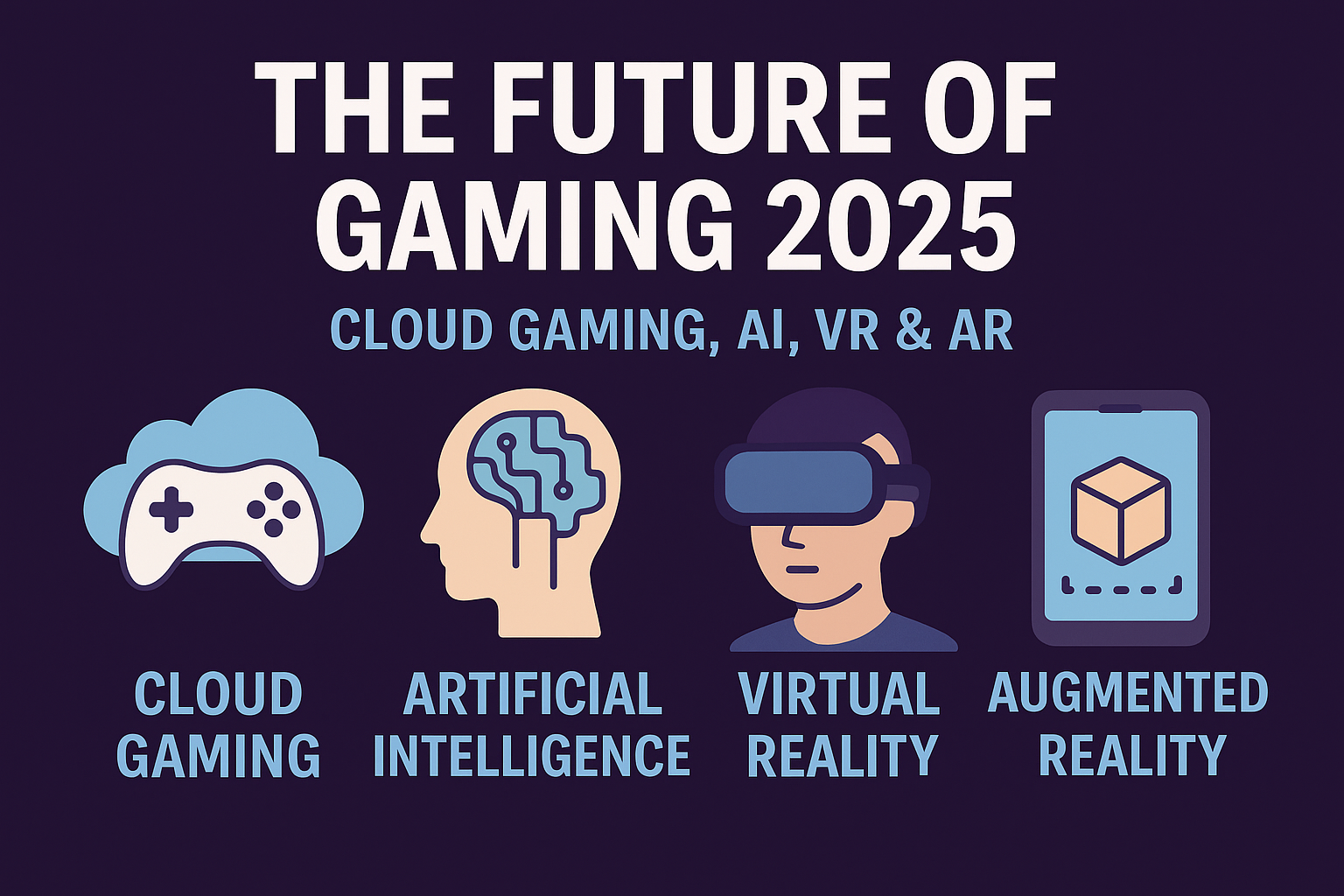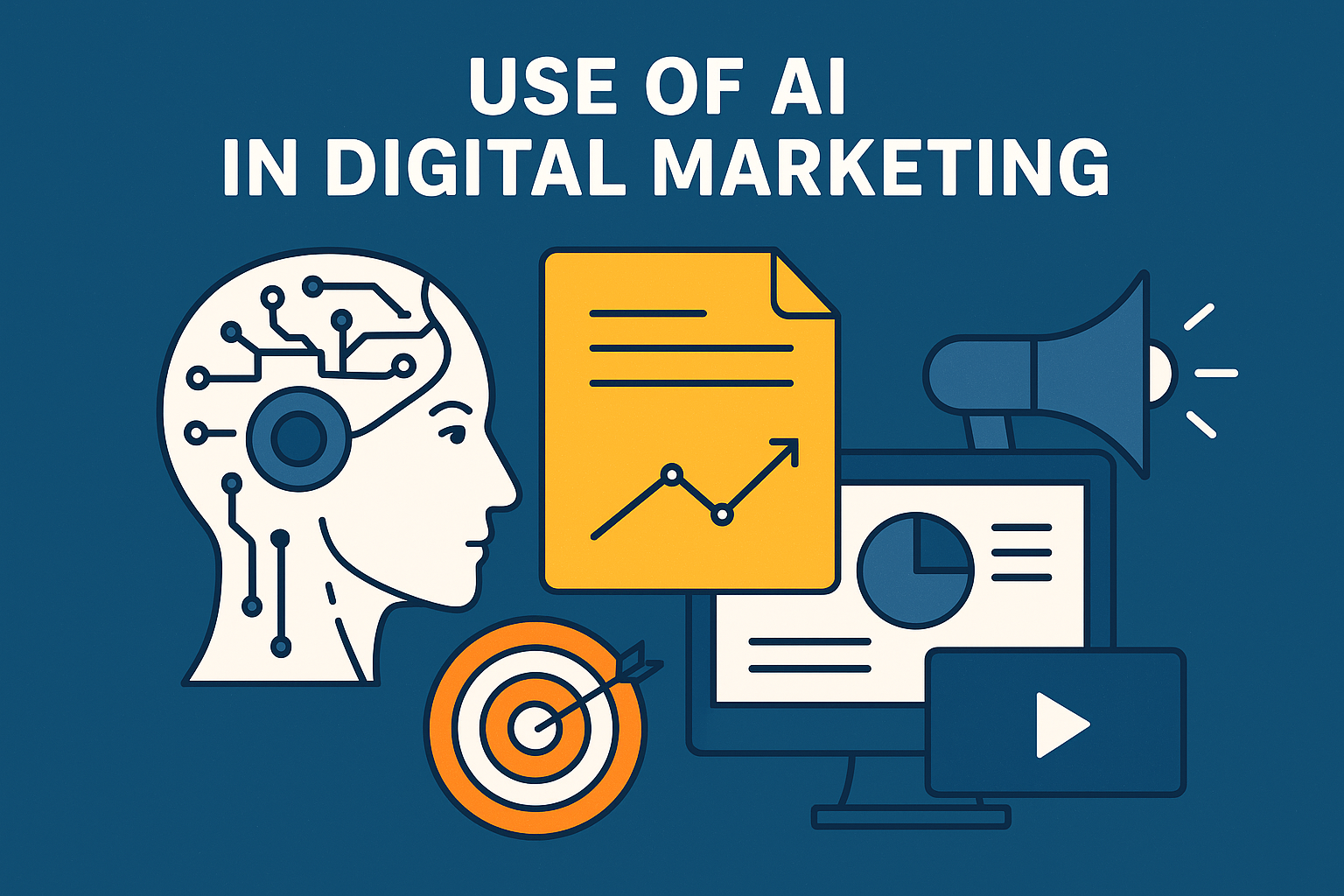Gaming is entering an exciting new era, and 2025 promises to bring significant changes for players, developers, and the entire industry. Advances in technology, creativity, and accessibility are combining to deliver experiences that were once the stuff of imagination. With breakthroughs in cloud technology, artificial intelligence, immersive reality, esports, and mobile platforms, gaming is becoming a more inclusive, dynamic, and engaging medium than ever before.
This article explores the key trends set to define the gaming landscape in 2025 and examines how these innovations are changing the way people play, connect, and experience games.
1. Cloud Gaming – Play Without Limits
Traditional gaming often required expensive consoles or high-performance PCs, but cloud gaming is transforming this model. In 2025, players can stream high-quality games directly to smartphones, tablets, or laptops with modest specifications.
By removing the need for costly hardware, cloud platforms make gaming accessible to a much larger audience. Updates, patches, and new releases are instantly available, streamlining the overall experience. Leading services from companies such as Xbox, NVIDIA, and Sony provide instant play without downloads, creating a truly global gaming community where anyone can participate without restrictions.
2. Artificial Intelligence Revolutionizes Gameplay
Artificial intelligence (AI) has evolved from a background tool to a central feature of modern game design. In 2025, AI enhances every aspect of gameplay, from enemy behavior to dynamic environments. Games now respond intelligently to player actions, providing unique experiences for each session.
AI can adjust difficulty, introduce new challenges, and alter storylines based on player behavior, ensuring that no two playthroughs are identical. Additionally, developers can use AI to simulate complex scenarios, optimize mechanics, and create more immersive and engaging game worlds than ever before.
3. VR and AR Deliver Fully Immersive Worlds
Virtual Reality (VR) and Augmented Reality (AR) have moved into the mainstream by 2025. VR headsets are lighter, easier to use, and more powerful, allowing players to enter fully interactive and realistic game environments.
AR technology transforms real-world spaces into interactive playgrounds. Players can see digital objects in their surroundings, turning living rooms into battlegrounds or desks into puzzle arenas. These technologies blend the physical and digital worlds, offering experiences that are both immersive and imaginative. From realistic simulators to fantasy adventures, VR and AR are redefining what it means to feel “inside” a game.
4. Esports Becomes a Global Powerhouse
Competitive gaming has evolved into a massive global industry. By 2025, esports features professional leagues, sponsored tournaments, and millions of fans worldwide. Gamers can earn income from competitions, live streaming, and brand endorsements, turning esports into a legitimate career option.
Tournaments attract huge audiences both online and in-person, fostering vibrant fan communities around games such as League of Legends, Dota 2, and Valorant. Mobile esports are also expanding rapidly, allowing players to compete from virtually anywhere without specialized gaming setups.
5. Mobile Gaming Dominates the Market
Mobile gaming continues to grow, reaching more players and generating higher revenue than consoles or PCs. Modern smartphones, powered by advanced processors and 5G connectivity, deliver graphics and performance comparable to traditional gaming platforms.
In 2025, mobile-first game development is a priority for studios, with titles optimized for portability, accessibility, and cross-platform play. Popular mobile games like PUBG Mobile, Genshin Impact, and Call of Duty Mobile show that smartphones can provide immersive, high-quality experiences. Mobile gaming also encourages social play, letting friends connect or compete in matches anytime, anywhere.
6. Inclusivity and Accessibility Take Center Stage
The gaming industry in 2025 is focusing on inclusivity like never before. Developers are designing diverse characters, customizable avatars, and features that make games playable for individuals with varying abilities.
Accessibility tools such as adjustable controls, text-to-speech options, and visual aids are becoming standard. Games now represent a wider range of cultures, perspectives, and backgrounds, ensuring that everyone can enjoy meaningful experiences. By prioritizing inclusivity, the industry is fostering communities that are welcoming, engaging, and globally connected.
7. Looking Ahead – The Future of Gaming
Technology is breaking down barriers, creating games that are more immersive, responsive, and social. Cloud gaming removes hardware limitations, AI personalizes gameplay, VR and AR offer new levels of immersion, esports provide professional opportunities, and mobile platforms ensure broad access.
For players, developers, and enthusiasts alike, 2025 marks a turning point. The gaming world is expanding in creativity, accessibility, and interactivity, promising endless possibilities and redefining what it means to play, compete, and connect in the years ahead.



